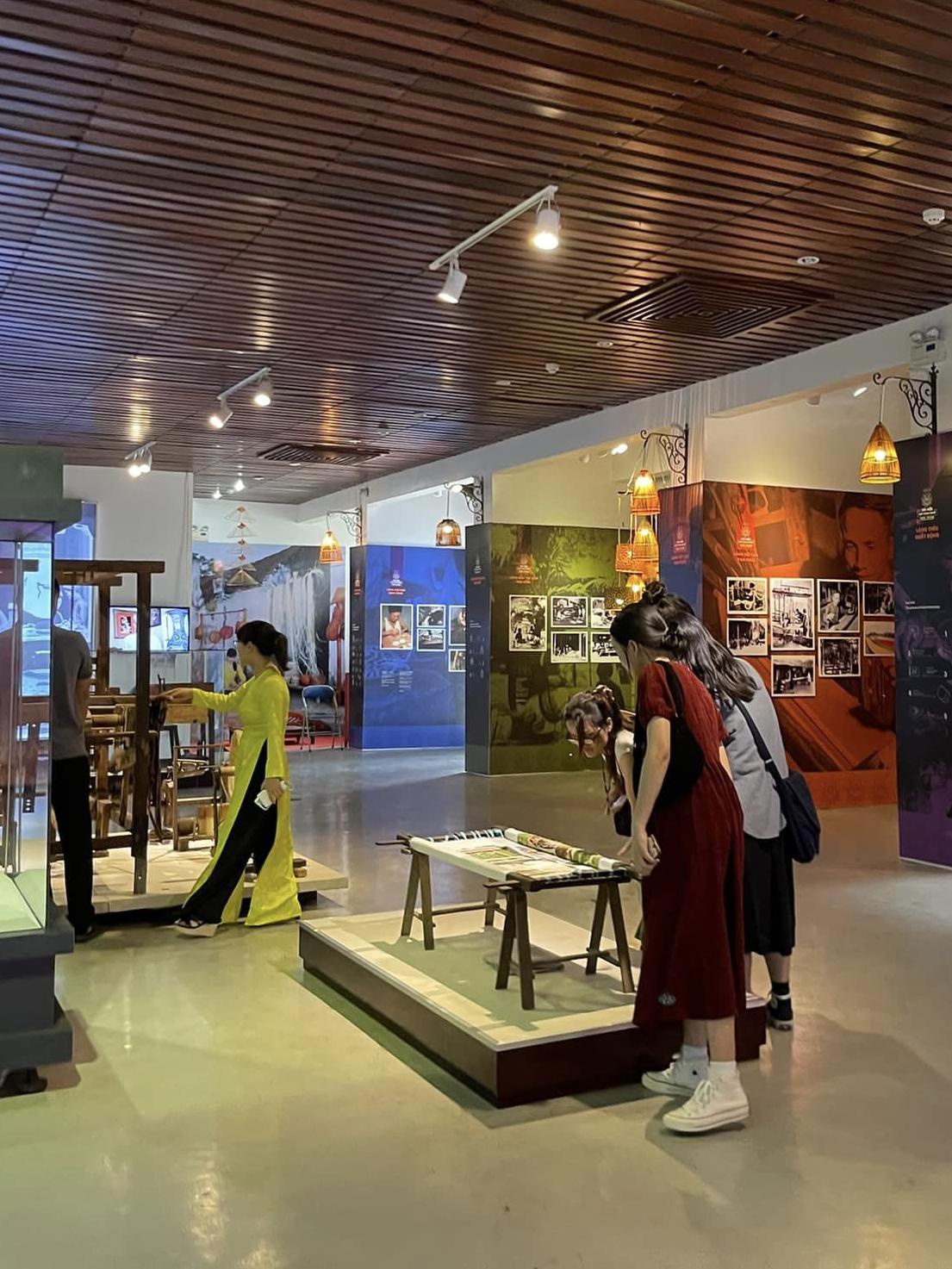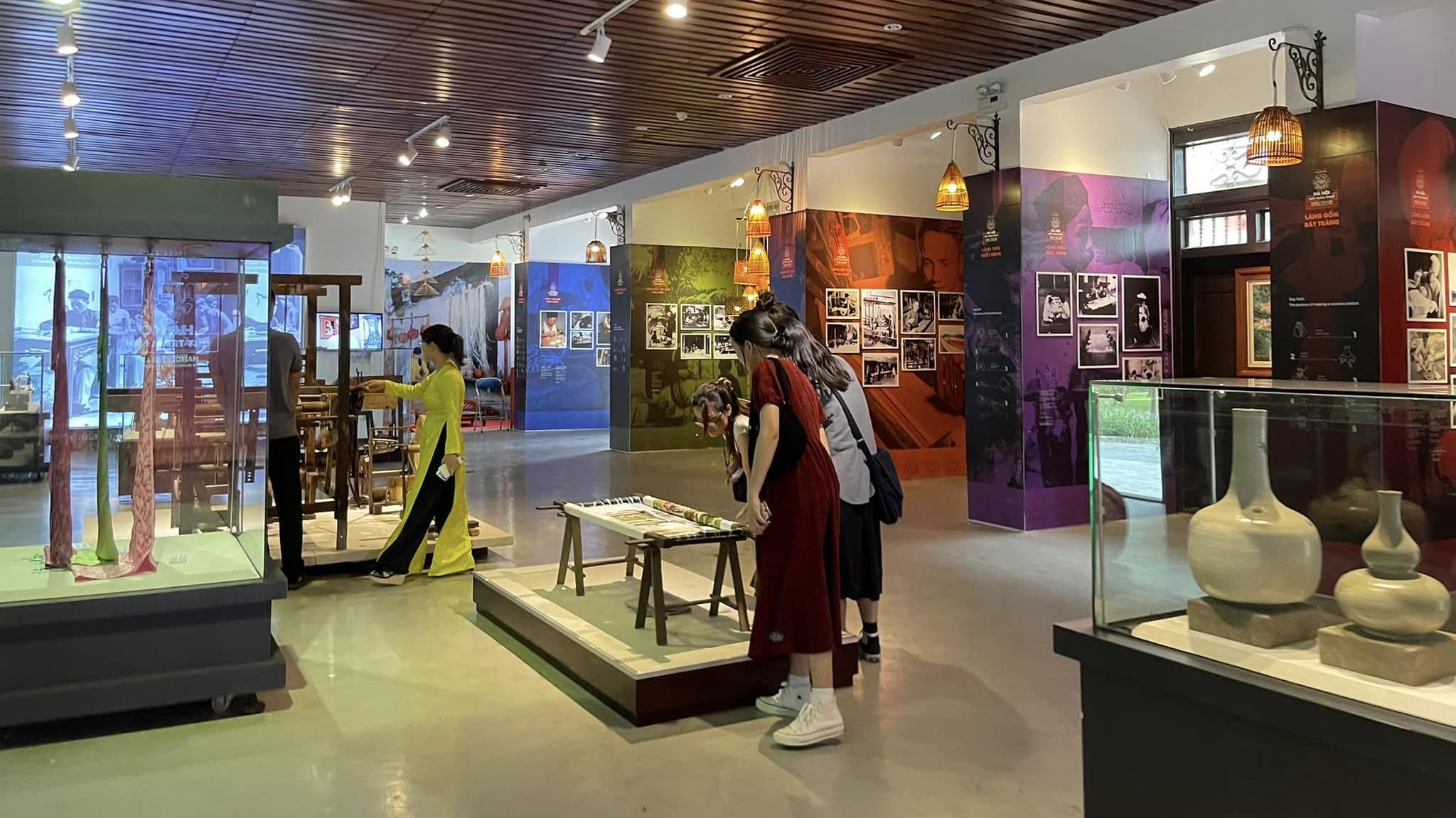Attracting visitors to museums requires quick thinking and market knowledge. Innovation is the key for museums to refresh their exhibits and attract visitors. Here are some of the best ways museums can do it.
Event organization
The most common way is to organize interesting events with new themes on a regular basis. Besides being artistic, these activities can be educational and inspirational to a large number of visitors.
For example, some museums offer dance and music experiences on weekend afternoons. These types of special events can attract hundreds, sometimes thousands, of visitors on a regular basis.
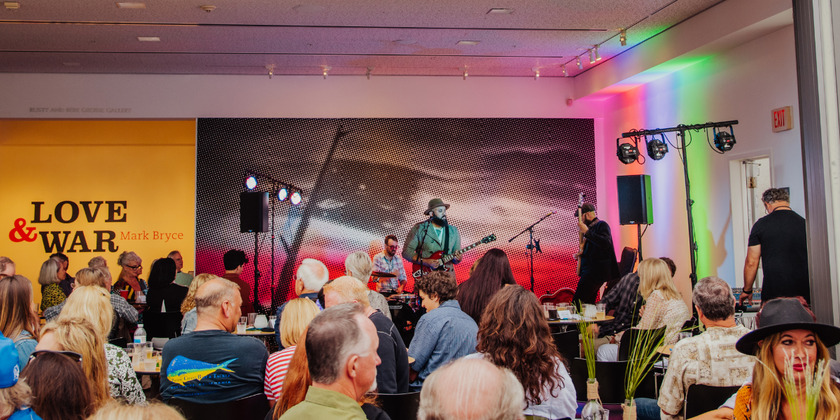
The musical event was held at the Oceanside Museum of Art. Photo: OMA
Social media campaign
With the growing popularity of the virtual world, it is understandable that museums are concerned about their ability to attract visitors. However, this is both a challenge and an advantage for museums.
Museum management units need to actively build communication strategies, share widely on social networks to attract new customers. For many people, sometimes the reason they choose to visit a place is simply seeing a short video, a photo of a friend...
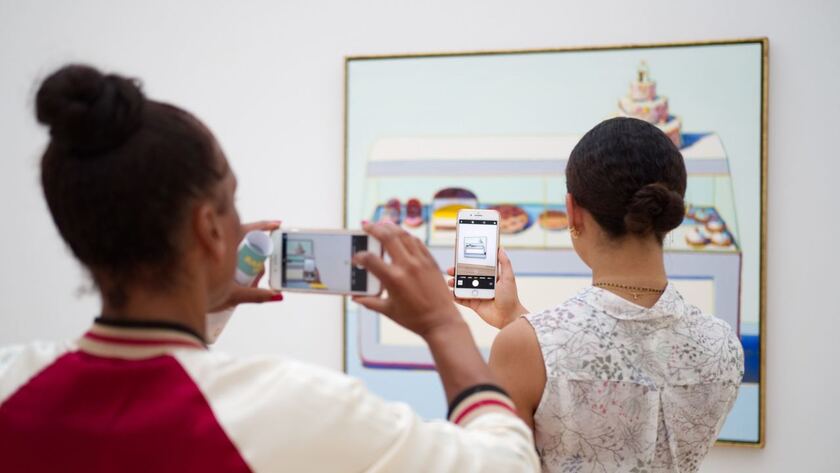
Social media posts help the museum attract many visitors. Photo: Christian Fregnan.
According to statistics, content with hashtags like #FineArt, #ArtHistory, and #ArtonTikTok has attracted more than 2 billion monthly views on TikTok to date. The number of users using the hashtag #Museum has grown 200% since 2020.
By increasing their social media presence, museums can reach out to visitors from a wider range of backgrounds and convince them to pay for tickets. This also helps museums become more accessible to the public, avoiding the impression that they are only for those with a deep knowledge of art.
Reaching a young audience
One challenge many museums face is how to attract a younger audience. To address this, they need to create a space where young people feel connected. Right here in Vietnam, the Vietnam Museum of Ethnology has combined a Korean cultural experience and the opportunity to try on traditional Korean clothing to reach GenZ.
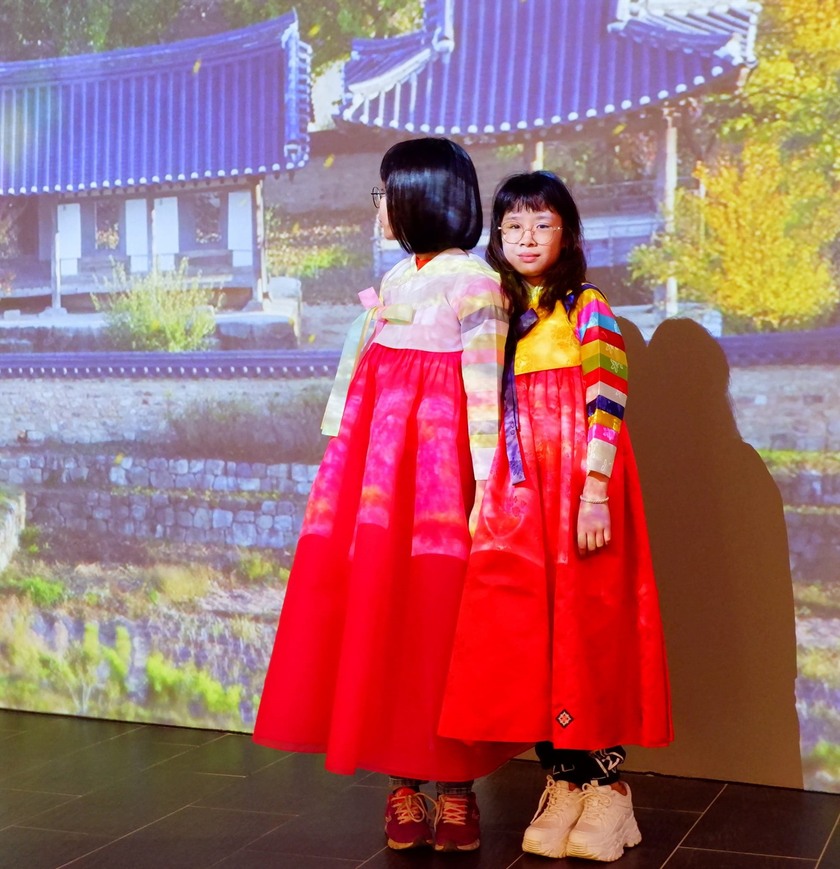
Experiencing traditional Korean costumes makes customers excited. Photo: Vietnam Museum of Ethnology
Most importantly, museums need to be sensitive to young people and the issues they care about. Affordable prices are also a way to make museums more accessible to young people. This is an audience with limited income, so receiving special offers will make their experience that much better.
Collaborate with influencers
Every social media celebrity has their own fan base and connecting with them can be a very effective advertising strategy. The museum’s communications team will be responsible for finding the right influencers for your desired audience. This is no longer a strange thing in the Vietnamese market, where the experiences of content creators are increasingly influential in influencing consumer decisions.
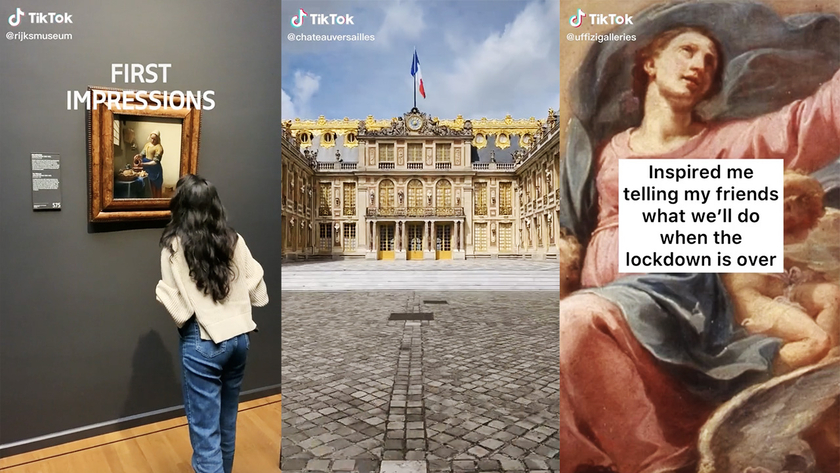
Museum content is going viral on TikTok. Photos: Musée d'Orsay, Palace of Versailles and Uffizi Galleries
In 2018, Beyoncé and Jay-Z filmed a music video at the Louvre (France) and helped the museum attract more than 1.2 million visitors, up 25% compared to 2017. Clearly, influencers have a great impact on tourists' decisions. Therefore, management units can invite influencers to the museum for free or hire them to advertise for the museum.





